Windows 11, while visually appealing and packed with new features, can sometimes feel sluggish. Whether you’re experiencing slow boot times, laggy applications, or general unresponsiveness, troubleshooting performance issues can be frustrating. Over the years, I’ve encountered my fair share of Windows 11 woes, and through trial and error (and a lot of online research!), I’ve developed a go-to checklist for tackling performance problems.
Why is My Windows 11 PC So Slow?
Before we jump into solutions, it’s helpful to understand the common culprits behind a sluggish Windows 11 experience. Here are some of the usual suspects:
- Outdated Drivers: Drivers are the software that allows your hardware (graphics card, network adapter, etc.) to communicate with Windows. Outdated or corrupted drivers can lead to significant performance issues.
- Insufficient Storage Space: When your hard drive is nearly full, Windows has less space to operate efficiently, resulting in slowdowns.
- Startup Programs: Many applications automatically launch when you start your computer, consuming valuable system resources and increasing boot times.
- Background Processes: Numerous processes run in the background, some of which may be resource-intensive, even when you’re not actively using them.
- Visual Effects: While Windows 11’s animations and transparency effects look nice, they can put a strain on your system, especially on less powerful machines.
Now, let’s get into the troubleshooting steps!
-
Disk Space: Give Your System Room to Breathe
One of the first things I check is my hard drive space. Windows needs a certain amount of free space to operate efficiently. Think of it like your physical workspace – the more clutter you have, the harder it is to find things and get work done!
How to Check and Free Up Disk Space:
- Open File Explorer: Click the folder icon on your taskbar or press the Windows key + E.
- Check Drive Capacity: Look at the “This PC” section to see how much space is used on your main drive (usually C:). If it’s nearly full (over 85% used), you’ll want to free up some space.
- Delete Unnecessary Files:
- Empty the Recycle Bin: Right-click on the Recycle Bin icon on your desktop and select “Empty Recycle Bin.”
- Uninstall Unused Programs: Go to Settings > Apps > Apps & features. Review the list and uninstall any programs you no longer need.
- Use Storage Sense: Windows 11 has a built-in tool called Storage Sense that can help you automatically delete temporary files and free up space. Go to Settings > System > Storage to configure it.
- Consider External Storage: For large files like videos or photos, consider moving them to an external hard drive or cloud storage.
Personal Experience: I once had a client whose computer was crawling. It turned out their hard drive was 98% full! Simply deleting old files and uninstalling unused programs made a dramatic difference in their system’s speed.
-
Driver Updates: Keep Your Hardware Running Smoothly
Outdated drivers are a frequent cause of performance problems and even system instability. Manufacturers regularly release driver updates to improve compatibility, fix bugs, and enhance performance.
How to Update Drivers:
- Device Manager:
- Press the Windows key + X and select “Device Manager.”
- Expand the categories (e.g., “Display adapters,” “Network adapters”) to find the devices you want to update.
- Right-click on a device and select “Update driver.”
- Choose “Search automatically for drivers.” Windows will try to find and install the latest drivers.
- Manufacturer’s Website: For more control, visit the website of your device manufacturer (e.g., NVIDIA, Intel, AMD) and download the latest drivers directly. This is especially important for graphics card drivers.
Pro Tip: Tools like Driver Booster or Snappy Driver Installer can automate the driver update process, but I prefer to have more control over what gets installed.
Personal Experience: My laptop’s graphics performance significantly improved after I updated my NVIDIA drivers. Games ran smoother, and video editing became much faster.
-
Startup Programs: A Clean Start for Faster Boot Times
Many applications configure themselves to start automatically when Windows boots up. While this can be convenient for programs you use frequently, having too many startup programs can significantly slow down your boot time and consume system resources.
How to Manage Startup Programs:
- Task Manager:
- Press Ctrl + Shift + Esc to open Task Manager.
- Click the “Startup” tab.
- Review the list of startup programs and their “Startup impact.”
- To disable a program from starting automatically, right-click on it and select “Disable.”
Which Programs to Disable:
- Identify Resource Hogs: Look for programs with a “High” startup impact.
- Prioritize: Disable programs you don’t use regularly or don’t need to launch immediately at startup.
- Exercise Caution: Don’t disable essential system programs or security software.
Personal Experience: After disabling several unnecessary startup programs (including those from Adobe Creative Cloud that I rarely used), my boot time decreased by almost half!
-
Visual Effects: Finding the Balance Between Aesthetics and Performance
Windows 11 features visually appealing animations, transparency effects, and shadows. While these enhance the user experience, they can also consume system resources, especially on lower-end hardware.
How to Adjust Visual Effects:
- Performance Options:
- Search for “Performance Options” in the Start menu and open it.
- In the “Visual Effects” tab, you can choose from several options:
- Let Windows choose what’s best for my computer: This is the balanced option.
- Adjust for best performance: This disables all visual effects.
- Adjust for best appearance: This enables all visual effects.
- Custom: This allows you to select which visual effects to enable or disable individually.
Recommended Settings:
- For Best Performance: If your priority is speed, select “Adjust for best performance.”
- For a Balance: Choose “Let Windows choose what’s best for my computer” or experiment with the “Custom” option to find a balance between aesthetics and performance. Disabling “transparency effects” and “animations in the taskbar” can make a noticeable difference.
Personal Experience: On my older laptop, I found that disabling some of the visual effects, particularly transparency, made the system feel much more responsive.
Going Further: Advanced Troubleshooting
If you’ve tried these initial steps and are still experiencing performance issues, here are some additional areas to investigate:
- Run a Malware Scan: Malware can significantly impact system performance. Run a full system scan with your antivirus software.
- Check for Windows Updates: Make sure your Windows 11 installation is up-to-date. Updates often include performance improvements and bug fixes.
- System File Checker: Use the System File Checker (SFC) tool to scan for and repair corrupted system files.
- Memory Upgrade: If your computer has limited RAM, upgrading your memory can provide a significant performance boost.
- Hard Drive Upgrade: Consider upgrading to a solid-state drive (SSD). SSDs are much faster than traditional hard drives and can dramatically improve boot times and application loading speeds.
Troubleshooting Windows 11 performance problems can seem daunting, but by systematically checking these key areas, you can often identify and resolve the underlying issues. Remember to start with the basics: free up disk space, update your drivers, manage startup programs, and adjust visual effects. By following these steps, you can reclaim your system’s performance and enjoy a smoother Windows 11 experience.

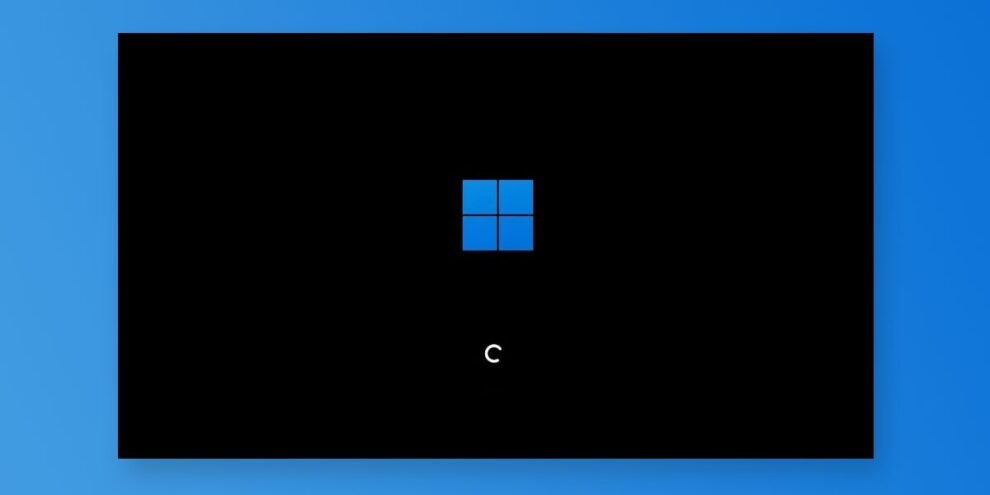
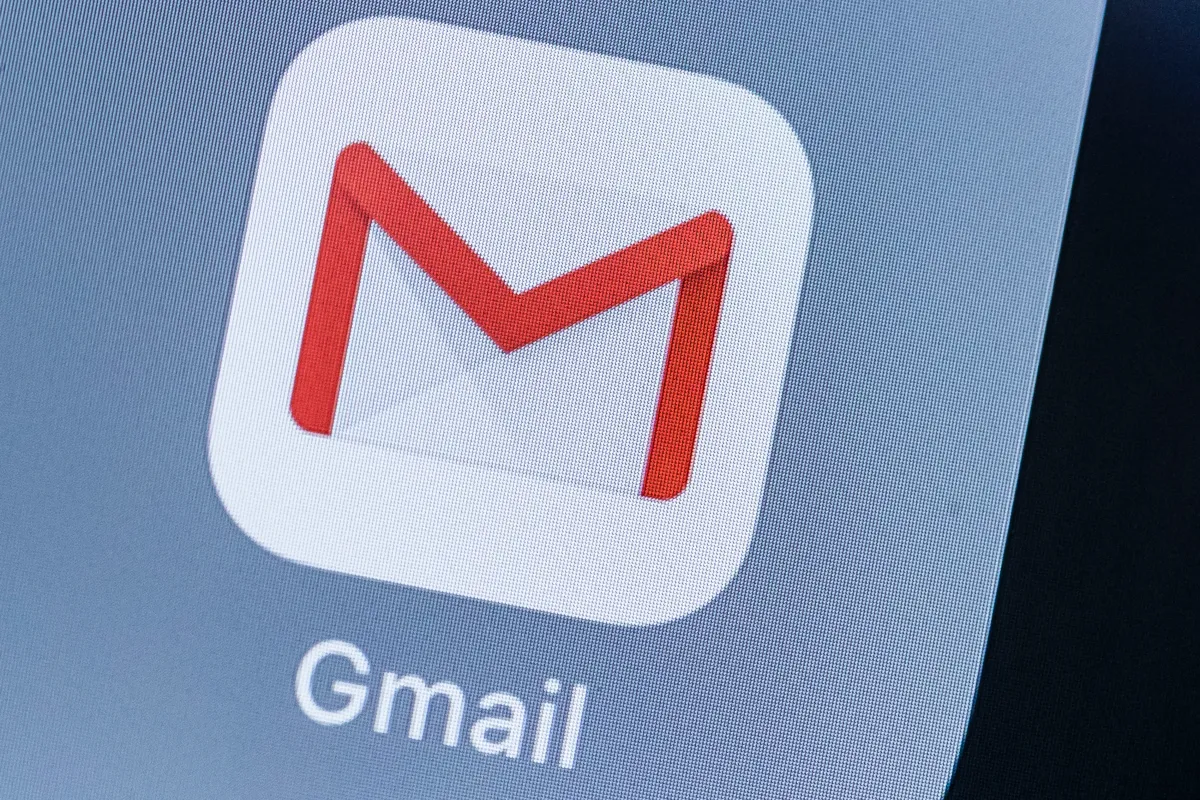

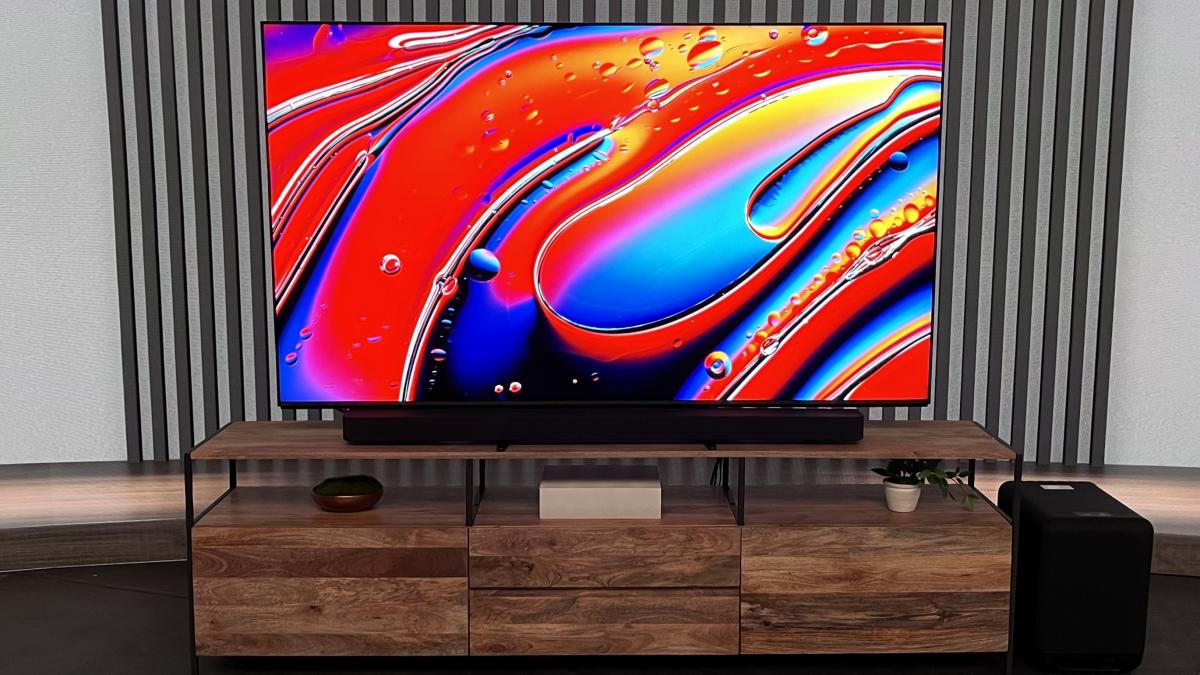
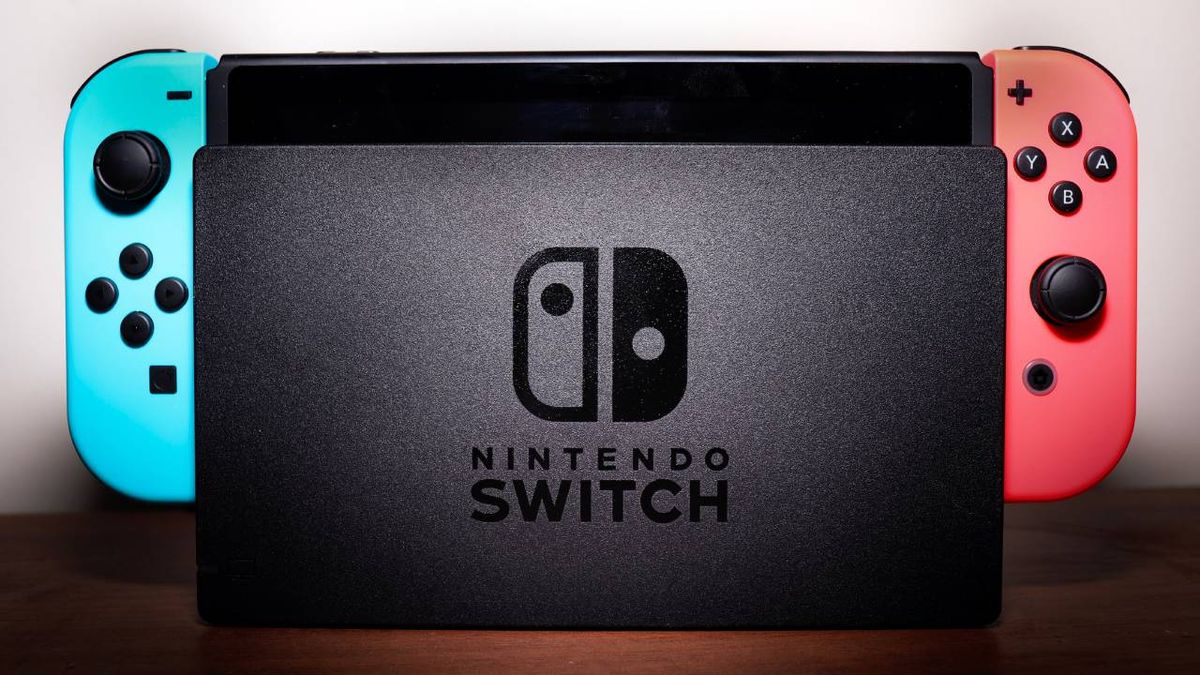
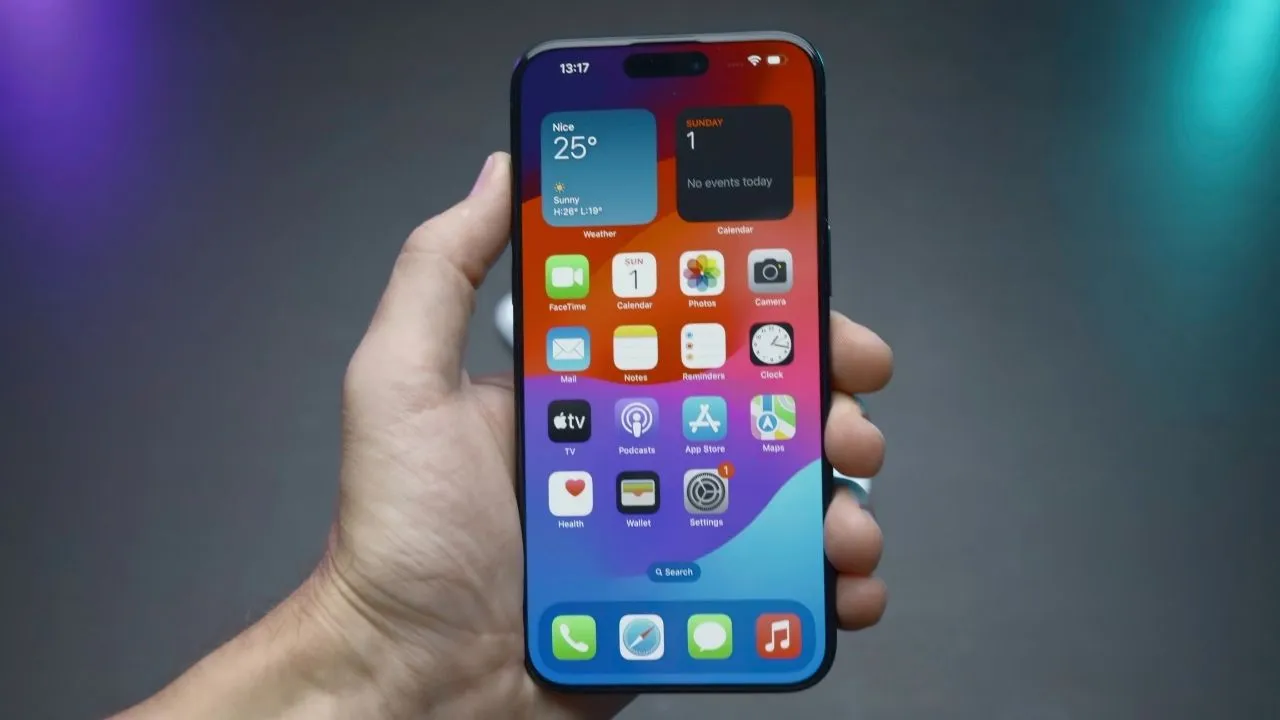
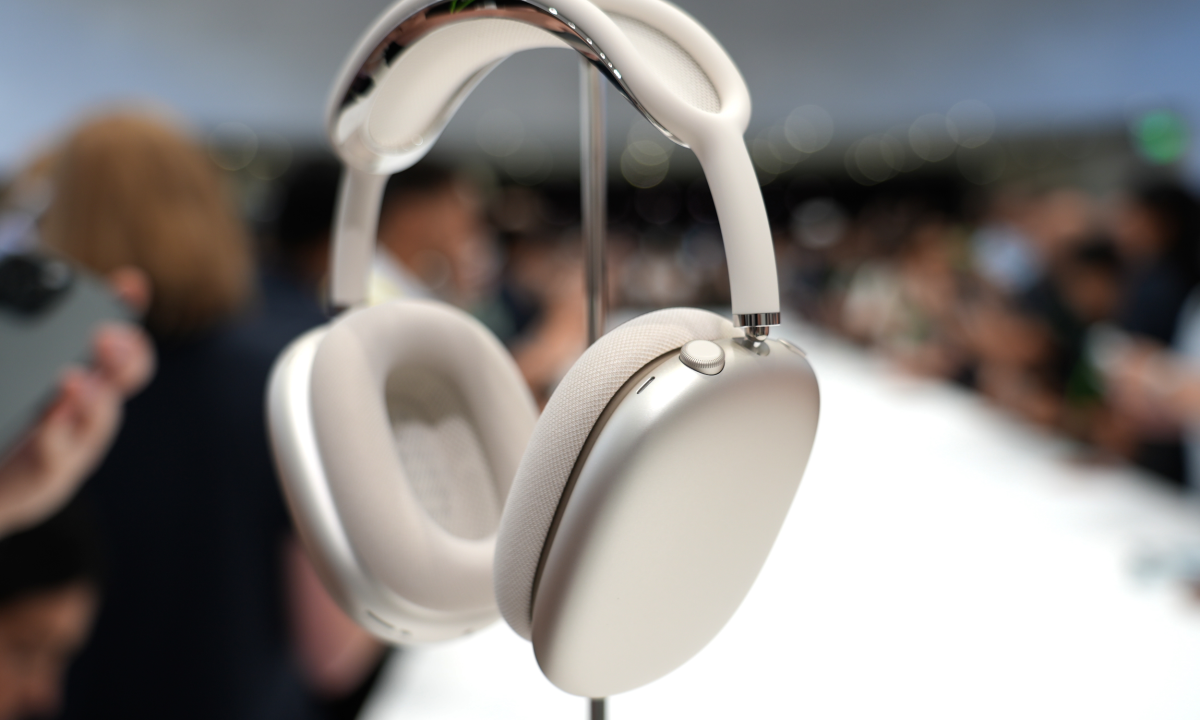
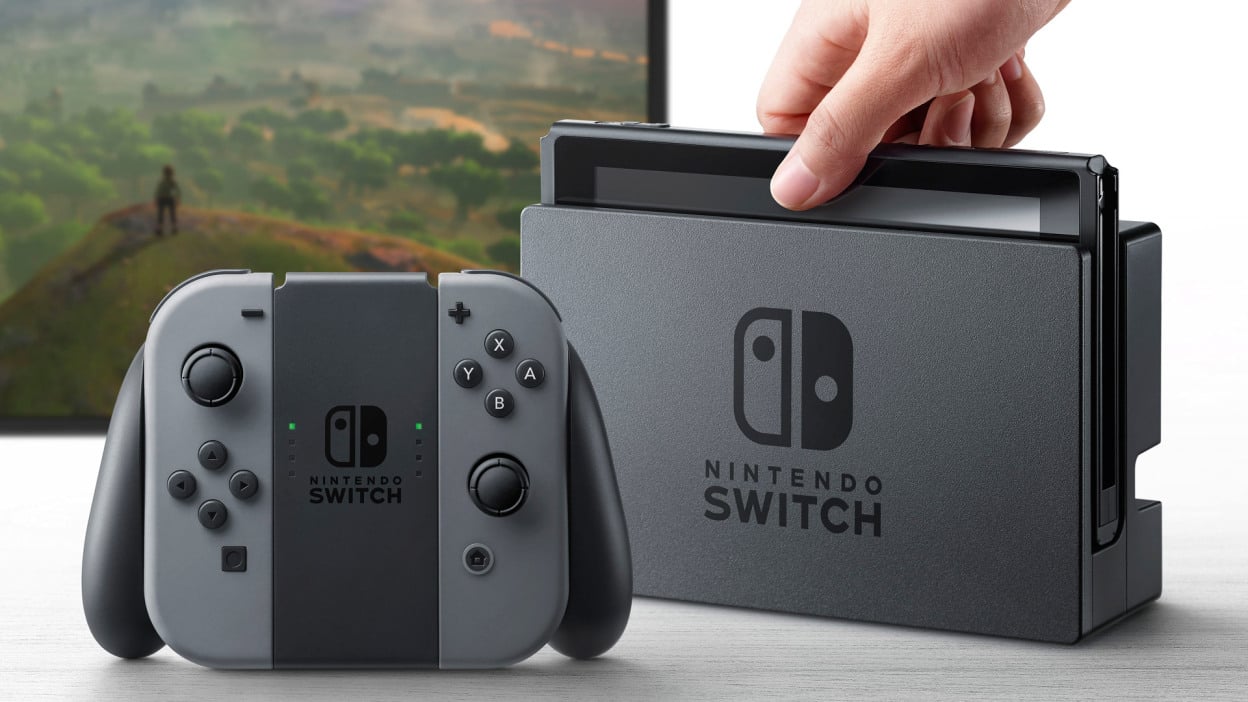
Add Comment